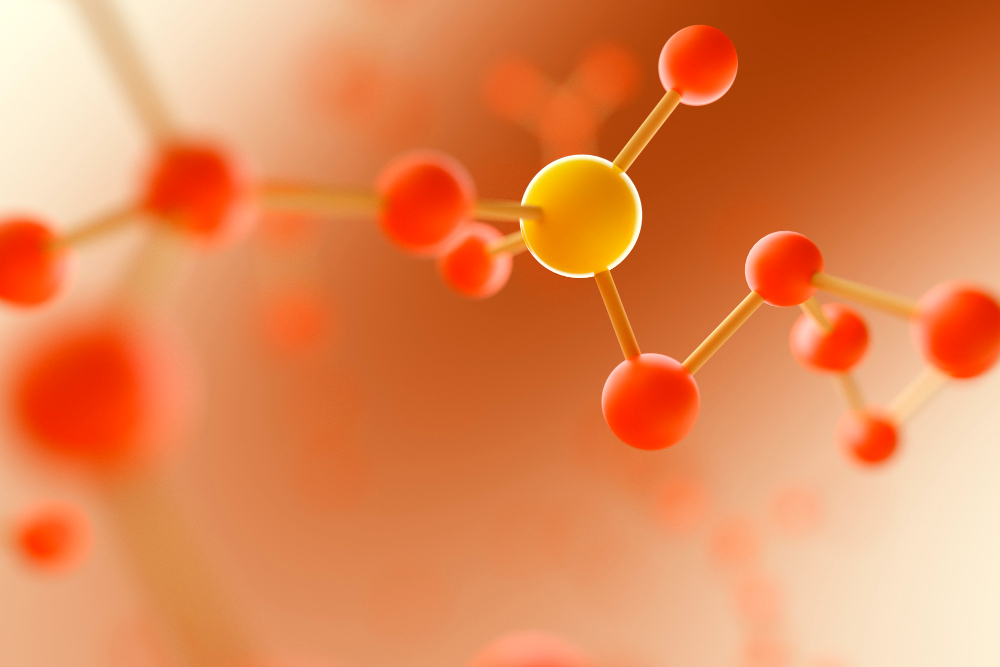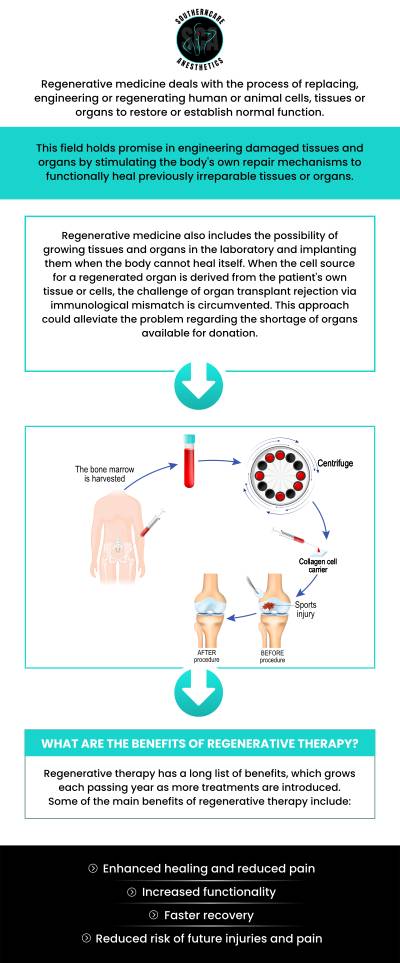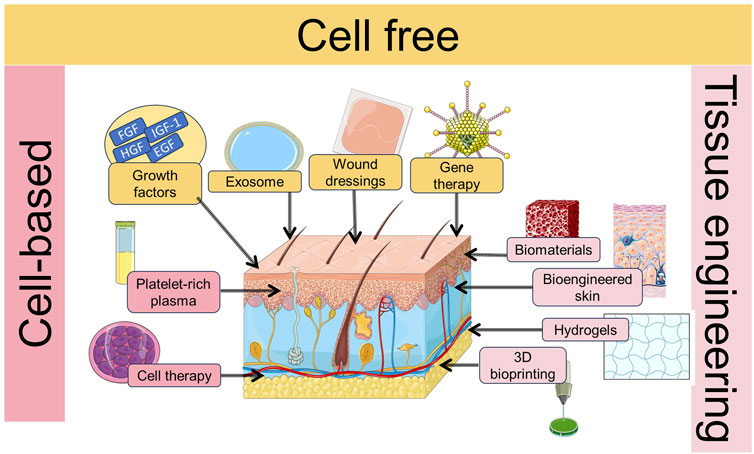Table of Contents

[/image][=video]
[/video]
A lot of sites used for bone marrow harvesting are situated in the hip bones and the breast bone. The treatment happens in the operating space. The benefactor will certainly be anesthetized throughout the harvest and will certainly not really feel the needle. In healing, the contributor may experience some pain in the areas where the needle was put.

If an autologous transplant is prepared, previously accumulated stem cells, from either peripheral (apheresis) or harvest, are counted, evaluated, and ready to instill. The prep work for a bone marrow transplant vary relying on the sort of transplant, the condition needing transplant, and your tolerance for particular medicines. Think about the following: Usually, high dosages of radiation treatment and/or radiation are consisted of in the preparations.
This therapy is frequently called ablative, or myeloablative, due to the effect on the bone marrow. The bone marrow generates a lot of the blood cells in our body. Ablative therapy stops this procedure of cell production and the marrow becomes vacant. A vacant marrow is needed to include the brand-new stem cells to expand and establish a new members cell manufacturing system.
It is not a medical treatment to place the marrow right into the bone, but resembles getting a blood transfusion. The stem cells locate their way into the bone marrow and begin duplicating and growing new, healthy and balanced blood cells. After the transplant, helpful treatment is offered to avoid and treat infections, adverse effects of treatments, and difficulties.
Hormone Therapy
The days before transplant are counted as minus days. The day of transplant is thought about day zero. Engraftment and healing adhering to the transplant are counted as plus days. An individual might enter the healthcare facility on day -8 for preparative programs. The day of transplant is numbered no. Days +1, +2, and so on, will certainly comply with.
The days are phoned number to aid the person and family recognize where they remain in terms of risks and discharge planning. Throughout mixture of bone marrow, the client might experience the following: Pain Chills Fever Hives Breast discomfort After mixture, the person might: Spend numerous weeks in the hospital Be really susceptible to infection Experience extreme bleeding Need blood transfusions Be constrained to a tidy setting Take numerous antibiotics and various other medications Be provided medication to avoid graft-versus-host diseaseif the transplant was allogeneic.
Depending on the kind of transplant and the illness being treated, engraftment typically takes place around day +15 or +30. Blood matters will be checked often throughout the days following transplant to assess initiation and development of engraftment. Platelets are generally the last blood cell to recover. Engraftment can be delayed as a result of infection, medicines, low donated stem cell count, or graft failing.
Anti-biotics, antifungal medicines, and antiviral medications are commonly offered to attempt to protect against serious infection in the immunosuppressed individual. Thrombocytopenia (low platelets) and anemia (low red blood cells), as an outcome of a nonfunctioning bone marrow, can be harmful and also deadly.
Fluid overload is a difficulty that can lead to pneumonia, liver damages, and high blood stress. The main reason for fluid overload is because the kidneys can not keep up with the large amount of fluid being offered in the form of intravenous (IV) medications, nourishment, and blood items.
Hormone Therapy

Respiratory system status is a vital function that may be compromised throughout transplant. Infection, swelling of the respiratory tract, liquid overload, graft-versus-host illness, and bleeding are all possible lethal issues that may take place in the lungs and lung system. The liver and heart are essential body organs that may be harmed during the transplantation procedure.
Failing of the graft (transplant) taking hold in the marrow is a prospective problem. Graft failing may happen as a result of infection, frequent disease, or if the stem cell matter of the contributed marrow wanted to trigger engraftment. Graft-versus-host condition (GVHD) can be a significant and serious issue of a bone marrow transplant.
As opposed to a body organ transplant where the patient's body immune system will attempt to decline only the hair transplanted body organ, in GVHD the brand-new or hair transplanted body immune system can strike the entire patient and all of his or her body organs. This is due to the fact that the brand-new cells do not identify the cells and organs of the recipient's body as self.

One of the most typical sites for GVHD are GI system, liver, skin, and lungs. Diagnosis substantially relies on the following: Kind of transplant Type and extent of the condition being treated Illness response to therapy Genes Your age and total health Your resistance of specific medicines, treatments, or treatments Intensity of issues Similar to any type of treatment, in bone marrow transplant the prognosis and long-lasting survival can differ considerably from one person to another.
Menopause Therapy around Port Huron, Michigan
Continuous follow-up treatment is vital for the patient adhering to a bone marrow transplant. New methods to improve treatment and to lower problems and adverse effects of a bone marrow transplant are continually being found.
Accessed June 5, 2017. The hope is to bring back damaged tissue that will certainly not properly recover by itself. Regenerative medicine treatments can be separated into 3 groups: assist in recovery by infusing or placing online cells into the individual. Instances of mobile therapy consist of PRP and stem cell therapies, which can be made use of to treat tendinopathy and other sporting activities injuries.
Phys Med Rehabil Clin N Am. 2014; 25( 4 ):881 -95. As time passes, private doctors learn and share details, improving the application of these therapies. See Are PRP Injections Effective?Until much more is understood, regenerative medication therapies are ruled out typical practice and insurance policy plans generally do not cover them. Several individuals agree to pay out-of-pocket. is advancing promptly with innovationsin stem cells, genetics treatment, and tissue engineering. This post explores these ingenious approaches, highlighting their transformative capacity for cells and body organ repair. are positioned to revolutionize medical therapies and enhance client outcomes. Cell regeneration, the process of bring back shed cells to recuperate typical function, differs across different cells and body organs. In Drosophila larval wing discs, cells resistant to apoptosis aid tissue regeneration. Computer mouse number idea regrowth is mediated by the blastema, containing various progenitor cells, as highlighted in this research.: The diversity of cells within a tissue can affect regrowth. Outer nerves, for instance, include Schwann cells, nerve fibroblasts, and immune cells, each playing a duty in nerve regrowth, as discussed below. These variables interact dynamically, making cell regeneration an intricate procedure that varies based on the particular cells or body organ. Cell regrowth plays an important role in preserving the body's overall wellnessand health. It is accountable for fixing and changing damaged or aging cells, ensuring the proper functioning of body organs and tissues. Efficient cell regeneration treatment can substantially influence the therapy of various medical conditions, consisting of degenerative conditions, injuries, and also the aging process. Numerous substantial landmarks have actually noted the progression of cell regrowth study. In the late 18th century , Italian biologist Lazzaro Spallanzani carried out pioneering experiments on the regrowth of amphibian limbs, providing evidence for the regenerative ability of specific organisms. In the 20th century, the discovery of stem cells by Canadian researchers Ernest McCulloch and James Till changed the area. Harold E. Varmus, that played a crucial role in illuminating the genetic basis of cancer, and Dr. Michael S. Brown and Dr. Joseph L. Goldstein, that discovered the role of low-density lipoprotein (LDL) receptors in cholesterol metabolism. Stem cell therapy is one of the most extensively investigated and promising branches of cell regrowth therapy. This irritant sets off a localized swelling response, which prompts the launch of development factors and the employment of regenerative cells. Over time, the regenerative cells assist in the fixing and regeneration of hurt tissues, using alleviation to people experiencing persistent bone and joint pain or joint instability. Cartilage regeneration treatment concentrates on recovering harmed or degenerated cartilage, which plays a vital role in joint function and mobility. Some cells, such as epithelial cells in the skin or the cellular lining of the intestinal tract, have a high turn over price and can restore rapidly. In contrast, cells in the main anxious system, such as neurons, have restricted regenerative capacity. This variation is mainly due to the intricacy of the cells, the visibility of inhibitory aspects, and the cellular environment. Cell regeneration treatment supplies appealing options for increasing injury healing and treating various injuries.
Navigation
Latest Posts
Regenerative Therapy around Port Huron
Regenerative Therapy around Port Huron
Hormone Therapy in Port Huron